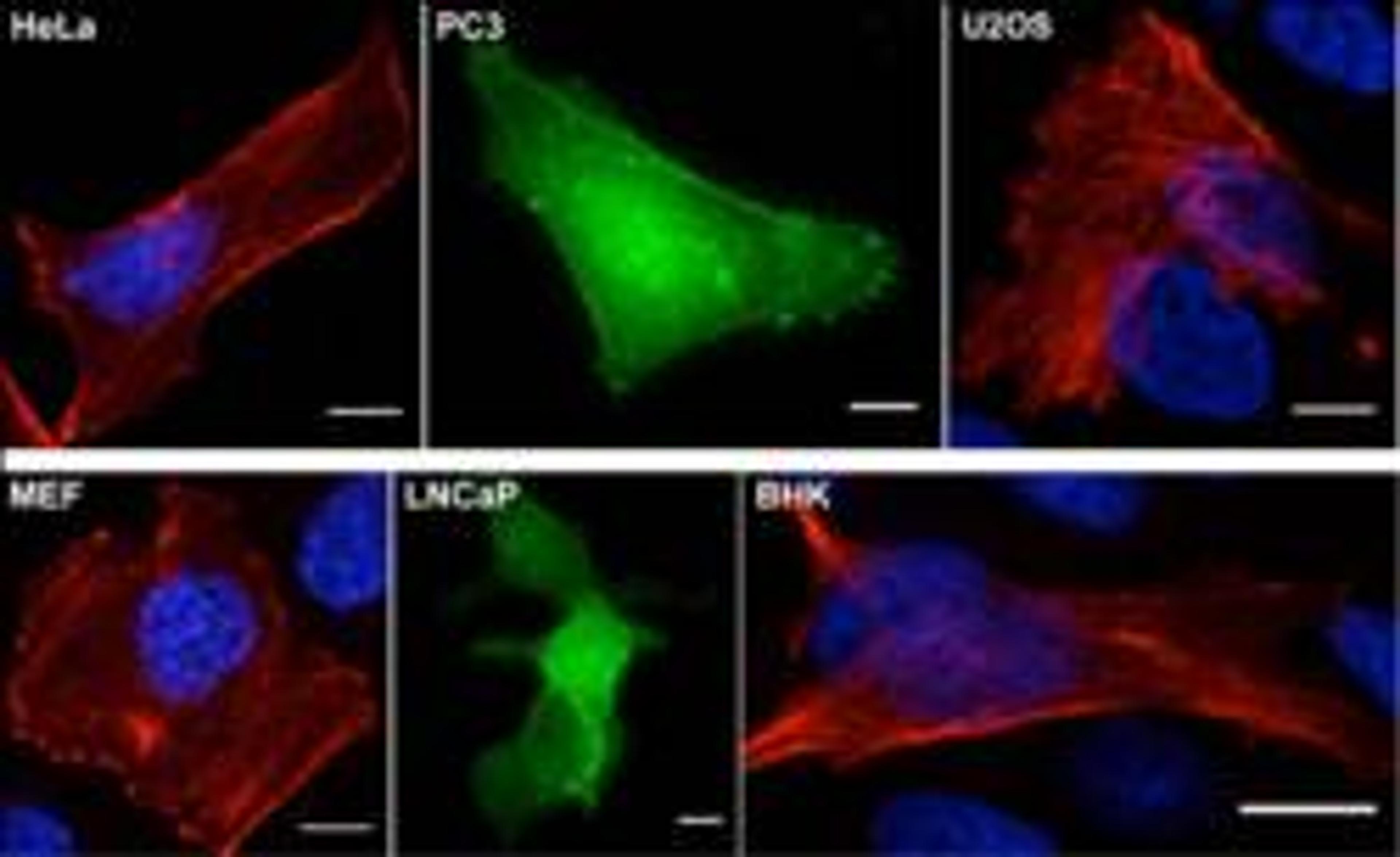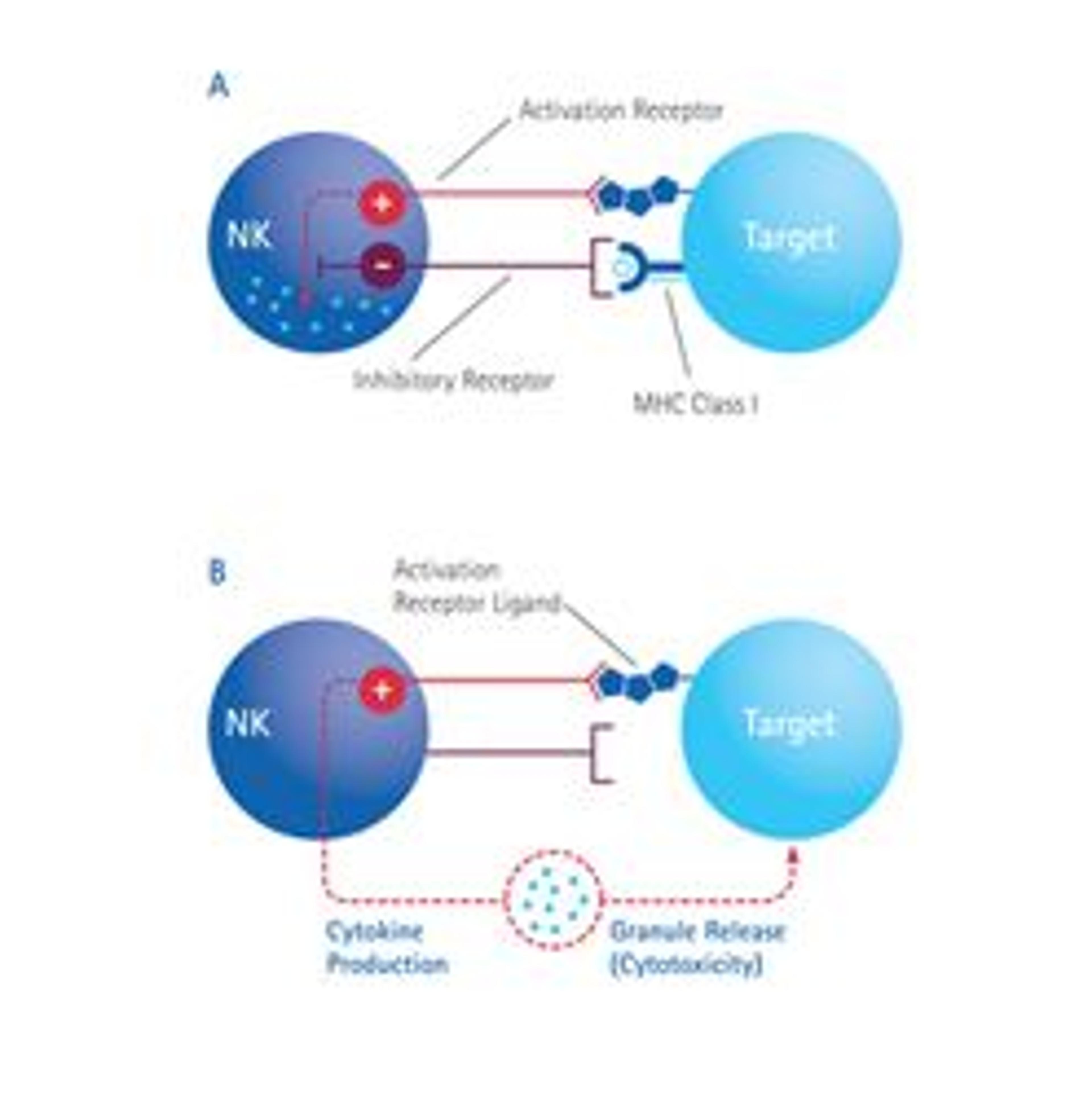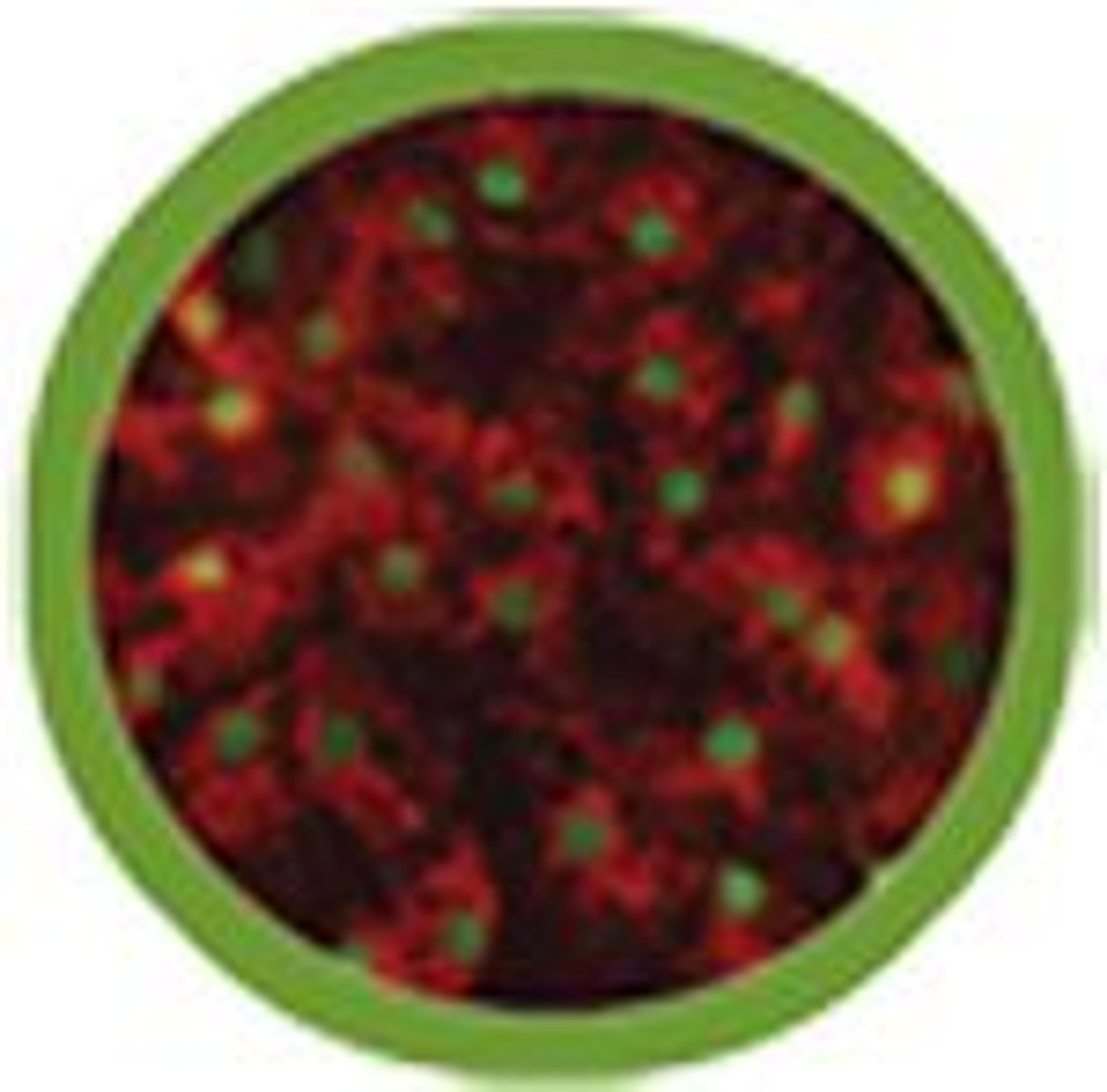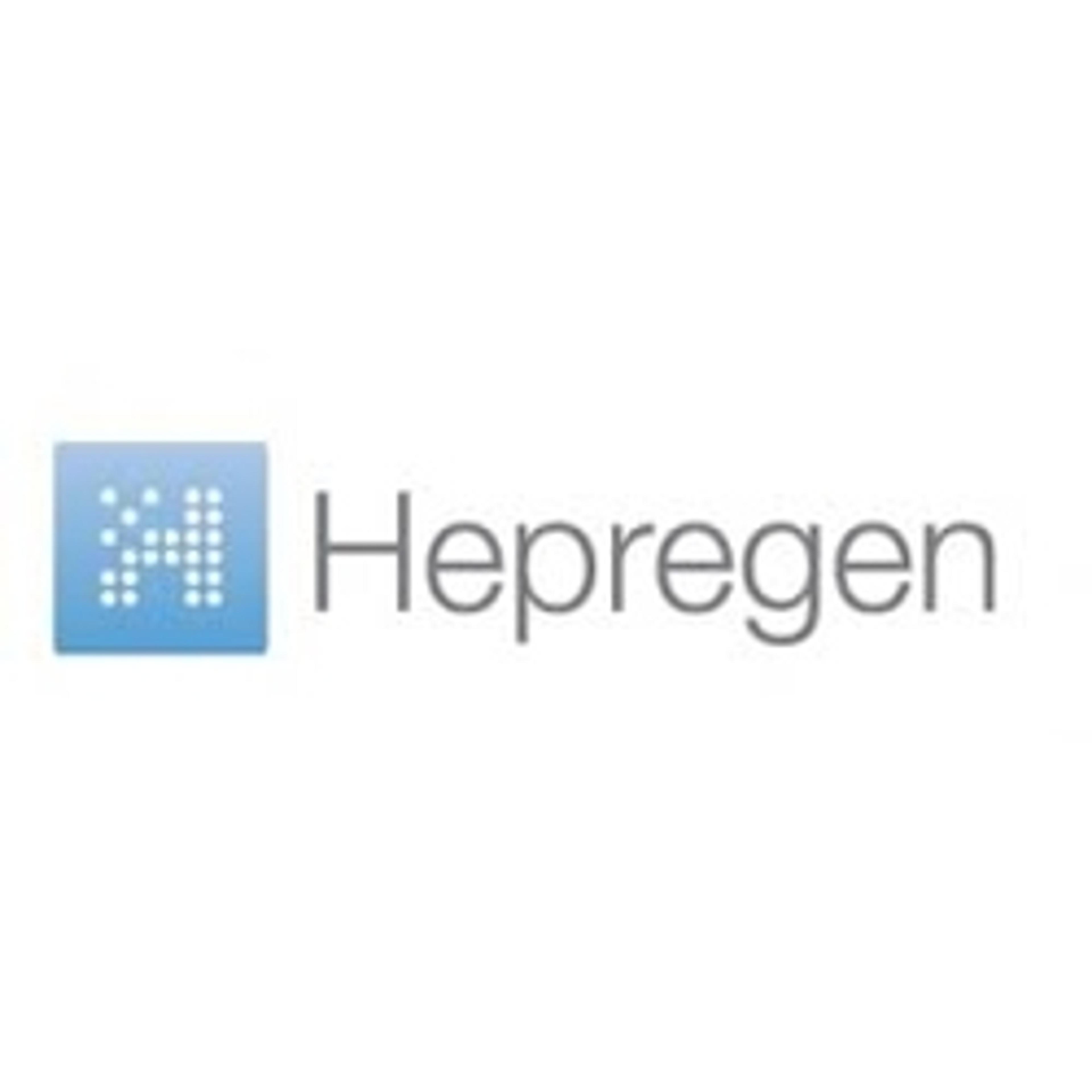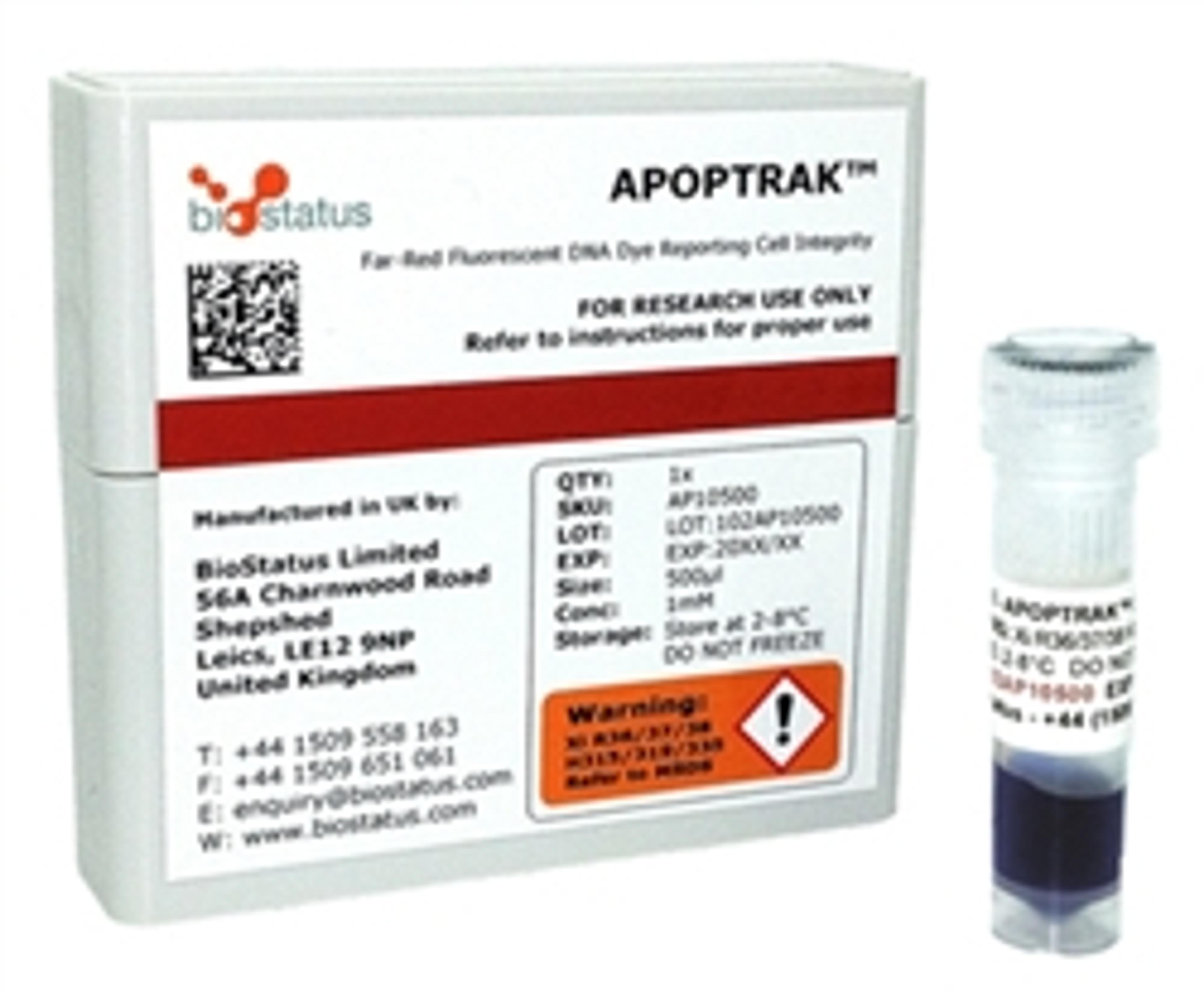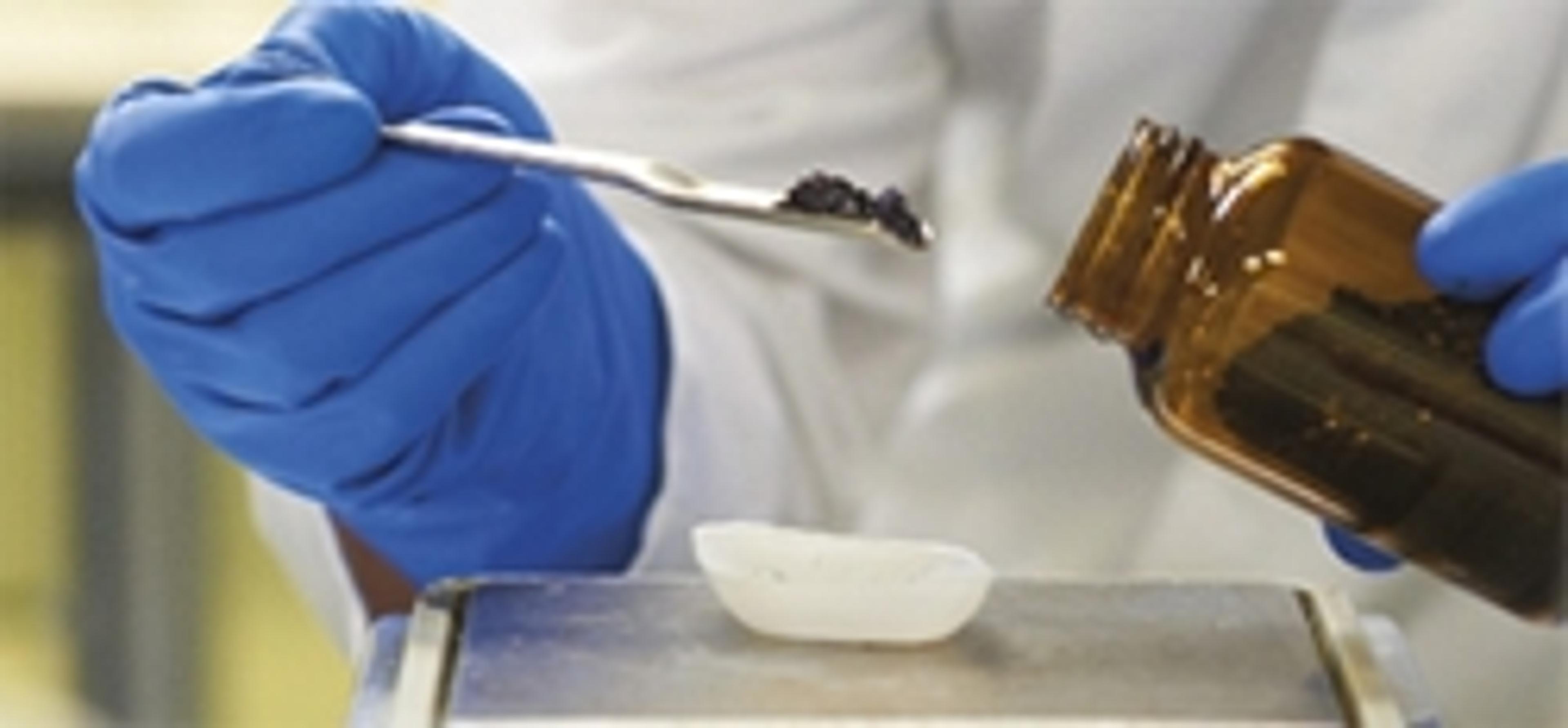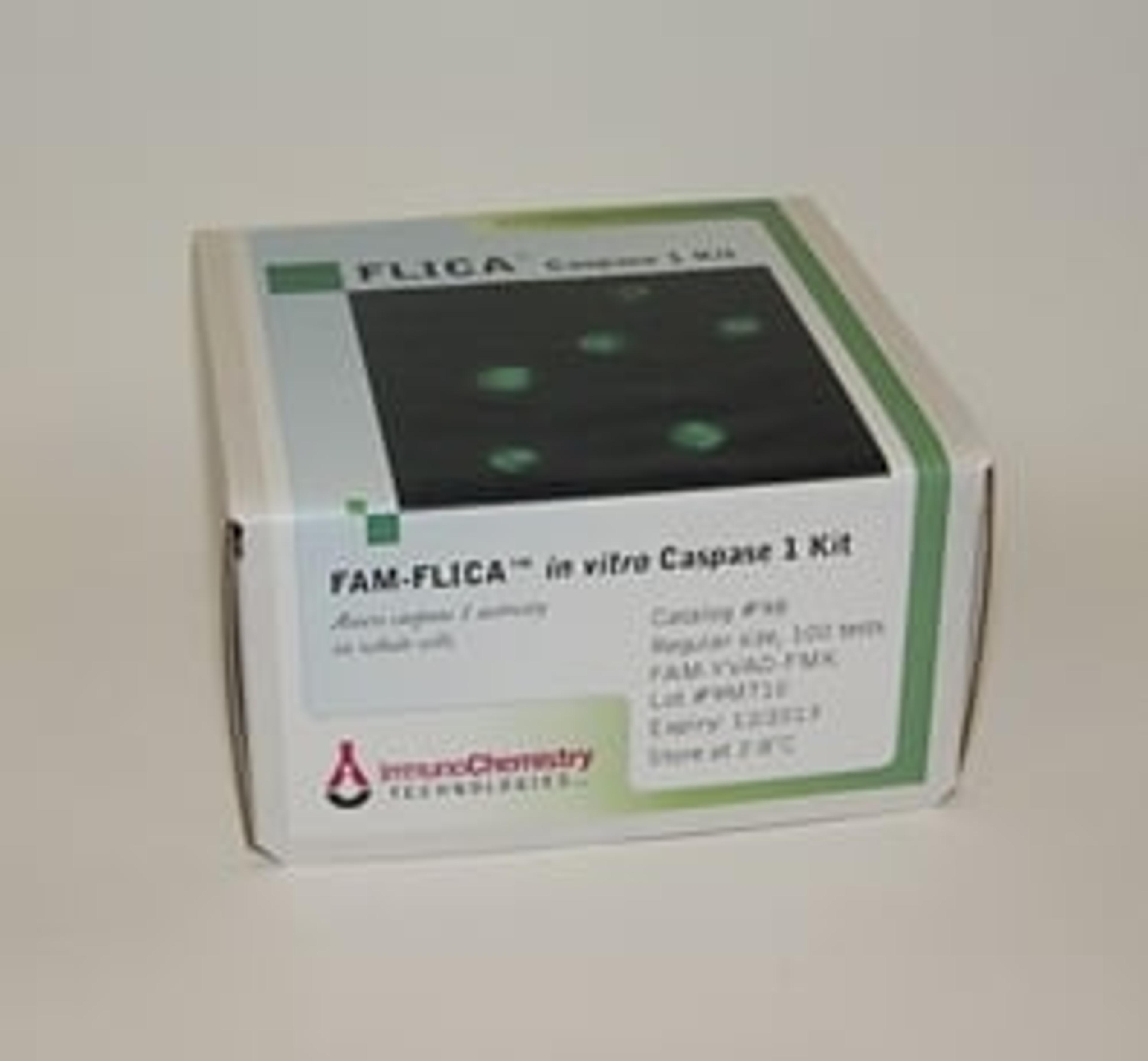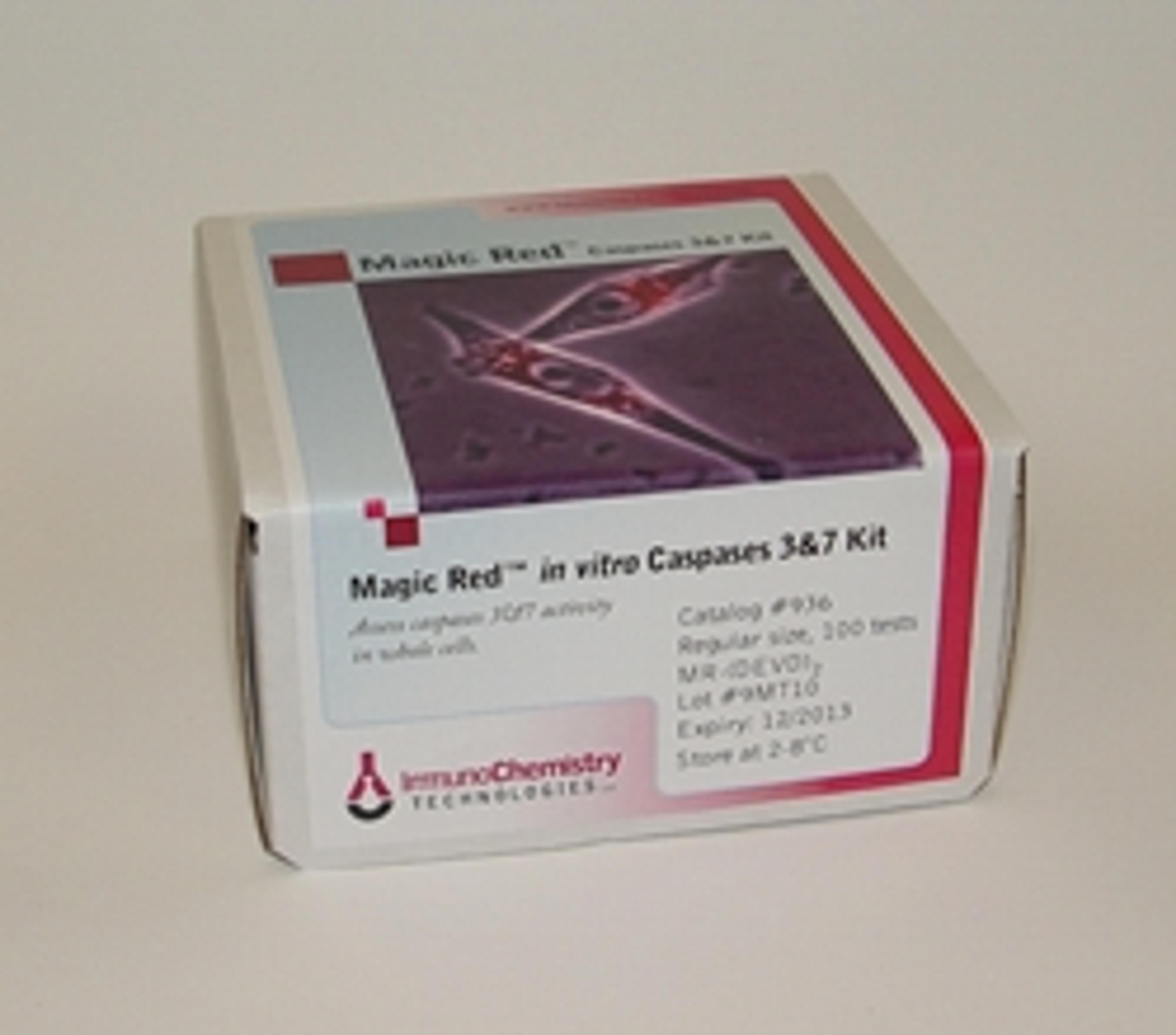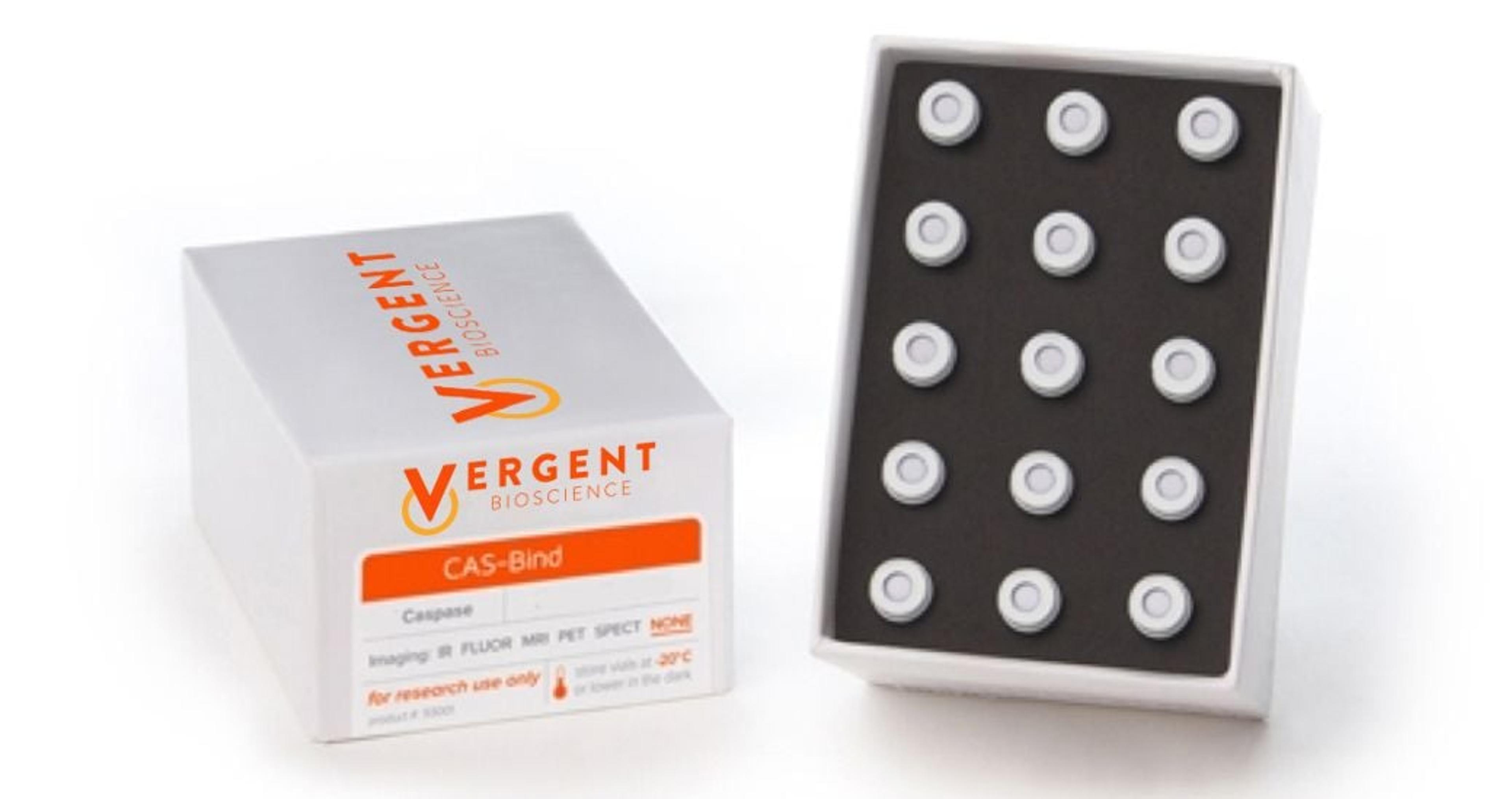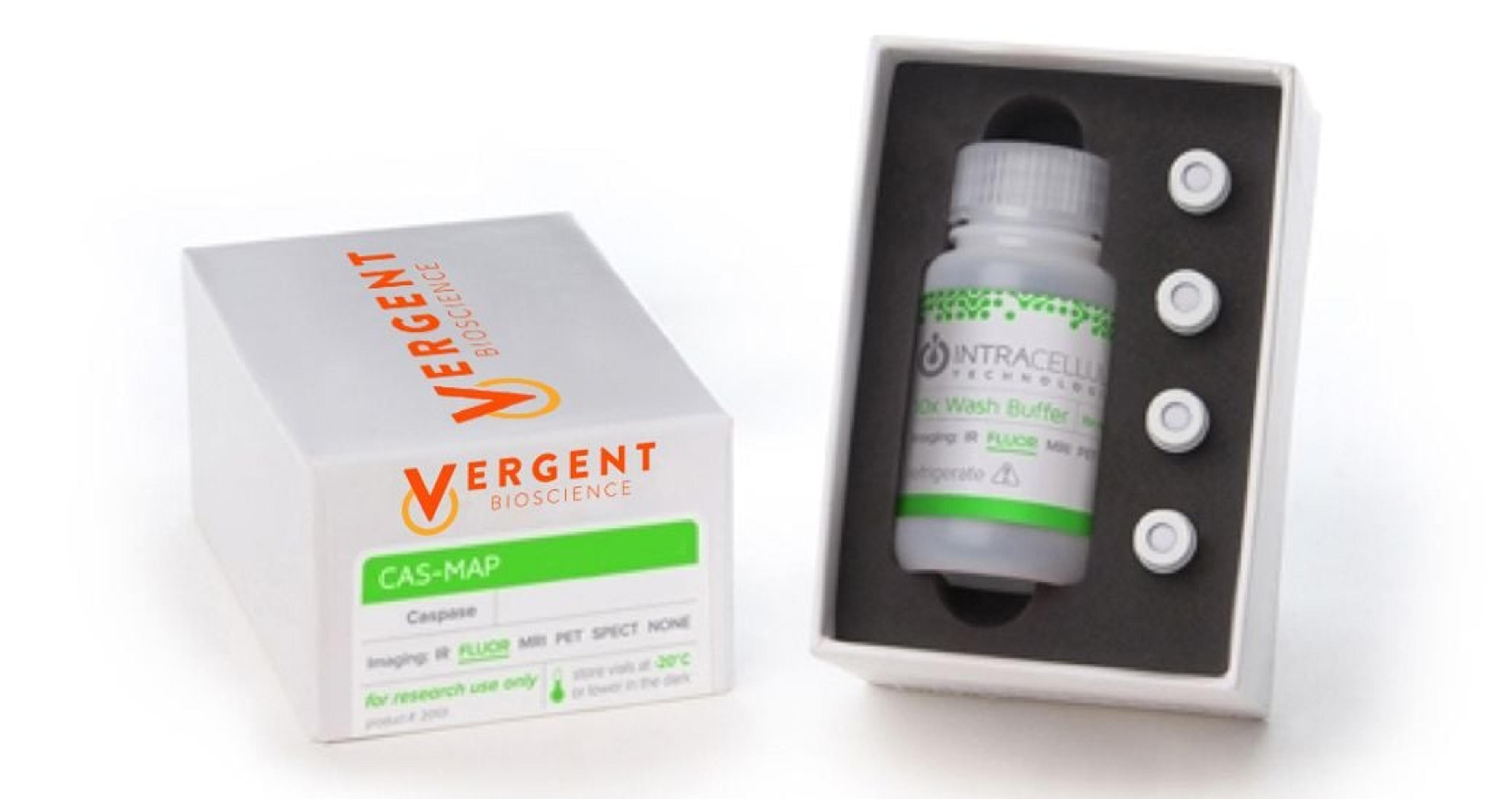Cell Organelle Toolbox
Chromotek GmbHBeing able to visualize endogenous cellular structures in live cells is key for many high content analyses. The two Chromobodies® of the ChromoTek’s Cell Organelle Toolbox offer a new way to investigate key compartments of the cell non-invasively. Lamin-Chromobody® The new Lamin-Chromobody® is a major breakthrough especially in High-Content Analysis (HCA) as apoptosis assays thus far rely on static endpoint assays. The nucle…

